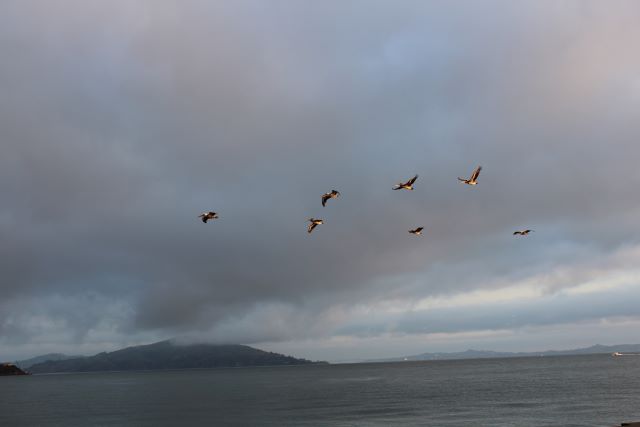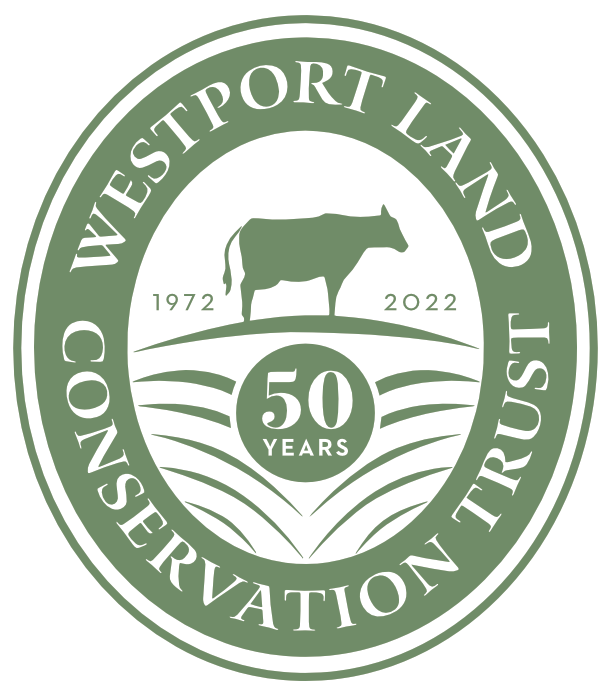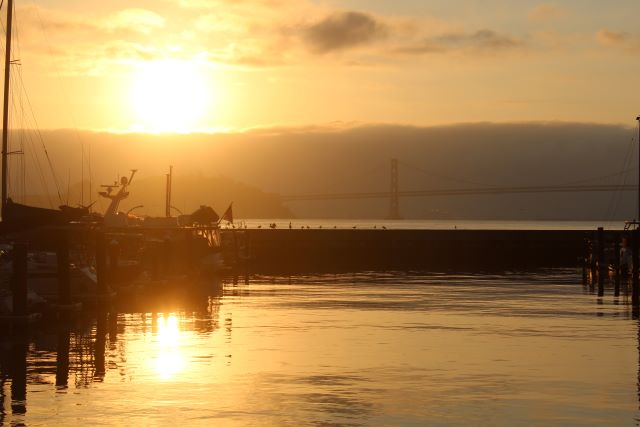
This correspondence comes to you from the southern gateway of Yosemite! I have spent the past two weeks traveling the highways and byways of California on a honeymoon getaway. At every turn, I am constantly astonished and surprised by the biodiversity and the enormous difference in habitats, but equally surprised at ways in which the local ecology mirrors our own back in southern New England.
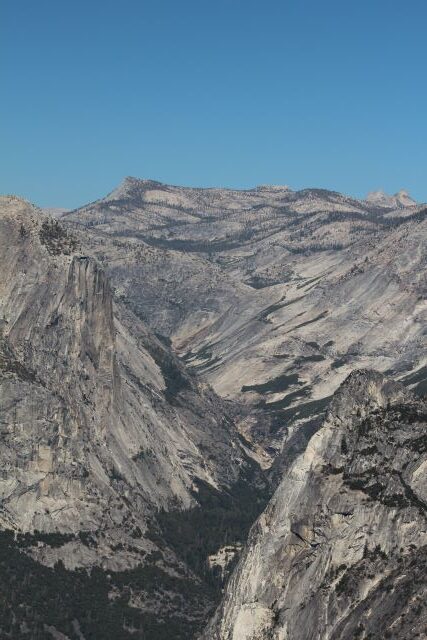
As I write this digital postcard, we are some 2,000 feet above sea level and a scant ten miles or so from the southern entrance to Yosemite National Park. In its current incarnation, the town dates back to the mid-19th century and the pioneer boom associated with the California Gold Rush. Here, looking east into the Sierras, the dominant features are the magnificent peaks and the proliferation of conifer trees. I have watched Mule Deer, the west’s answer to the White-tailed Deer, traipsing through town; the Scrub Jays and magpies calling in the morning are not unlike our Blue Jays and mockingbirds.
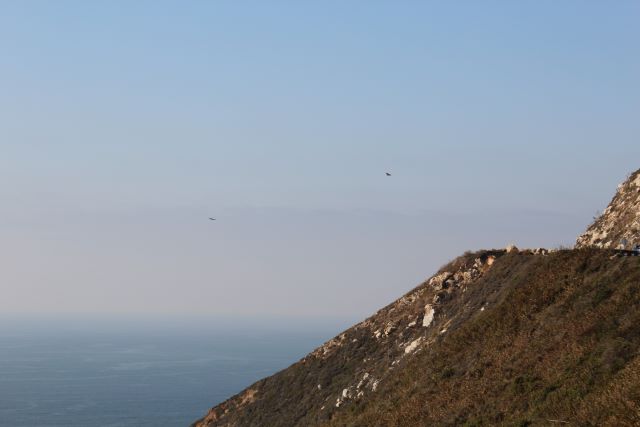
On the coast, however, the similarities are striking – not only in the types of species we are seeing, but in the partnerships to increase protection and awareness of their habitats. Along the Central Coast, particularly in the city of Monterey and its surrounding bay, there are a bevy of public and private partnerships lifting up the need to protect fragile and key ecosystems. At the same time, institutions like the Monterey Bay Aquarium are directly working with municipal, state and federal governments to increase public access and public awareness around environmental protection.
